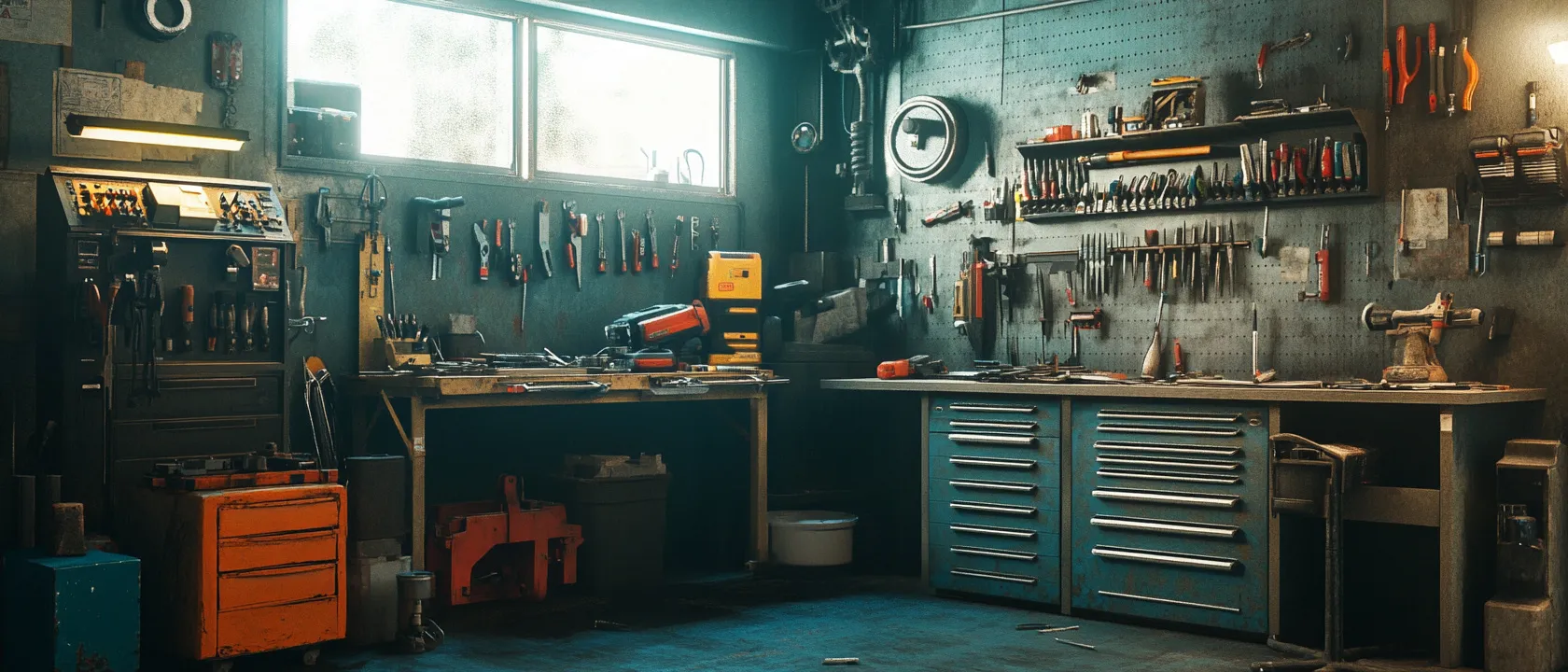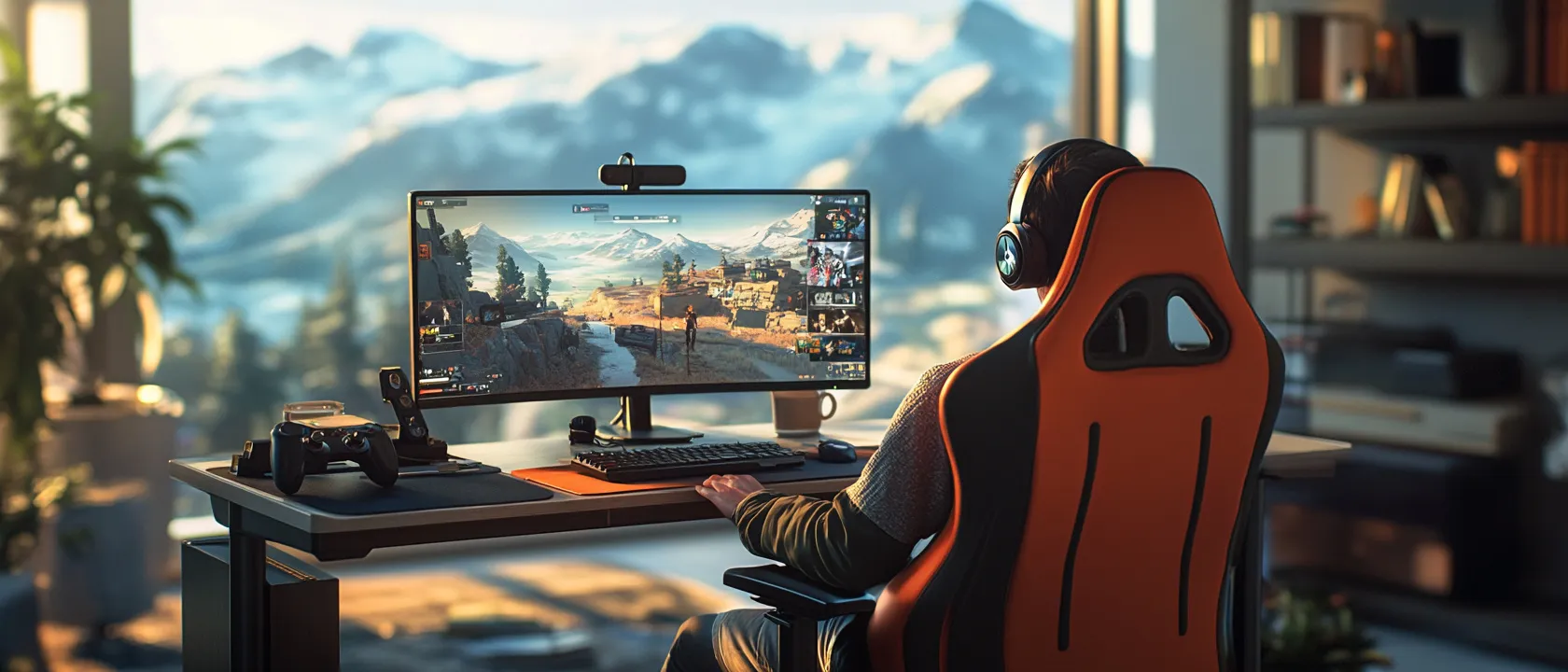The evolution of ultralight backpacking represents perhaps the most significant shift in wilderness travel philosophy over the past decade. Central to this transformation has been the development of shelter systems weighing mere ounces rather than pounds—dramatically reducing the energy expenditure required for multi-day journeys while expanding access for less physically robust adventurers. Unlike traditional camping tents designed primarily for car-accessible environments, ultralight shelters must navigate extreme engineering tensions—balancing minimal weight against structural integrity during storm conditions while maintaining livable space and sufficient durability to justify premium investments. As specialized manufacturers have proliferated and traditional tent companies have entered the ultralight space, a crucial question emerges: which ultralight tent brands genuinely deliver reliable weather protection and functional livability in authentic wilderness conditions that justify their substantial investment, and which models compromise essential performance for weight specifications that look impressive in marketing materials but fail under actual backcountry challenges?
To provide definitive answers, we conducted comprehensive comparative testing of current-generation ultralight tents from major manufacturers across price points. Through both controlled weather simulation and extensive field evaluation in diverse environments from alpine zones to desert canyons, we assessed the practical performance factors that determine shelter effectiveness beyond simple weight measurements. This exhaustive analysis reveals crucial differences in how various brands balance weather resistance, livability, durability and weight—providing essential guidance for informed purchasing decisions aligned with specific adventure priorities.
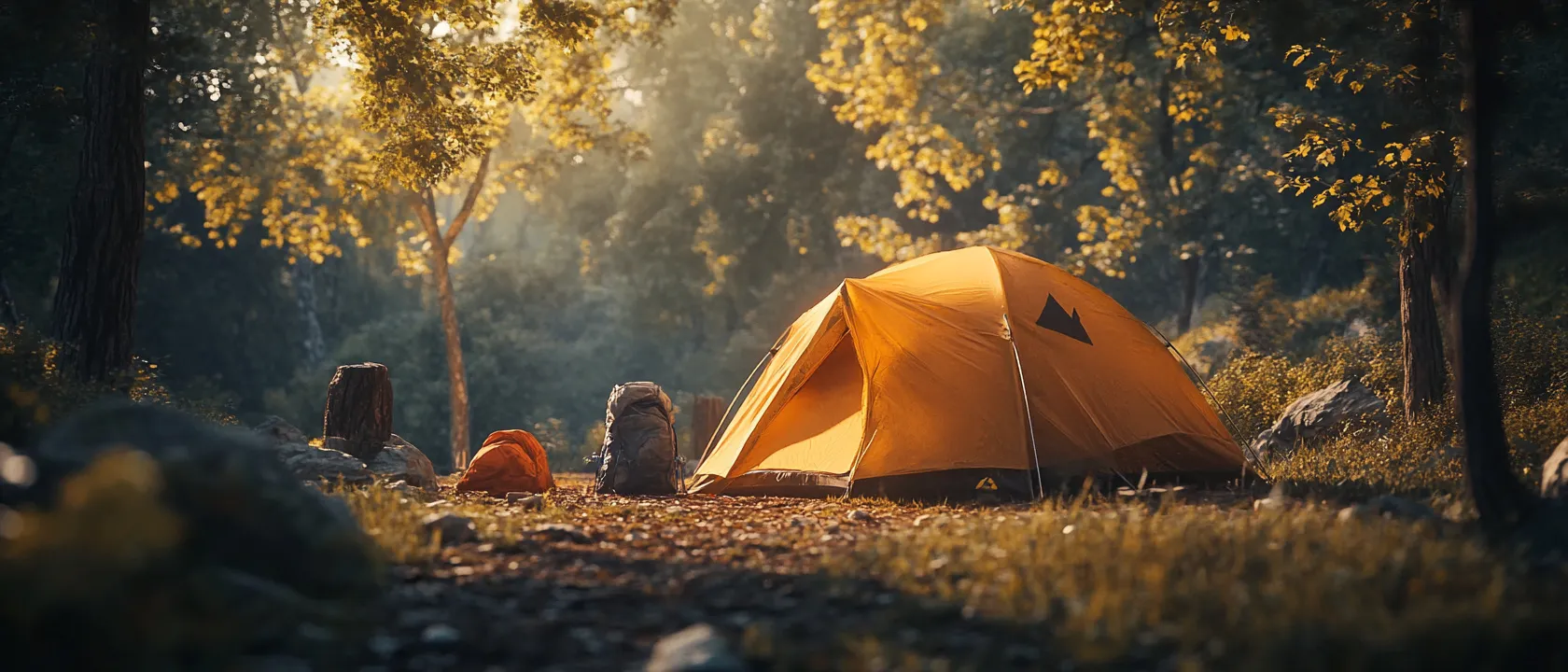
Understanding Ultralight Tent Performance: Beyond Basic Specifications
Before examining specific brands, understanding the fundamental factors affecting ultralight tent performance provides essential context for evaluating different design approaches.
The Weight-Performance Relationship
Ultralight tent effectiveness involves complex trade-offs beyond simple specifications:
Weather Protection Factors determining storm-worthiness:
- Fabric tensile strength against wind loading
- Seam construction integrity during prolonged exposure
- Geometry stability under asymmetrical pressure
- Stake/guy point reinforcement preventing failure cascades
- Ventilation management controlling internal condensation
Livability Dimensions affecting practical usability:
- Internal volume distribution beyond floor dimensions
- Functional headroom for seated comfort
- Entry/exit ergonomics during precipitation
- Gear storage accessibility without compromising living space
- Setup complexity under adverse conditions
These interrelated characteristics explain why seemingly similar ultralight tents often deliver dramatically different wilderness experiences, with design details significantly influencing performance beyond basic weight specifications.
Material Technologies and Their Impact
Specialized fabrics create distinct performance profiles:
Primary Fabric Categories determining fundamental behavior:
- Silicone-impregnated nylon (silnylon) balancing cost and performance
- Silicone-impregnated polyester (silpoly) reducing stretch when wet
- Dyneema Composite Fabric (DCF/formerly Cuben Fiber) maximizing strength-to-weight
- Ripstop nylon with PU/PE coatings emphasizing cost-effectiveness
- Hybrid fabric implementations targeting zone-specific optimization
Construction Techniques influencing long-term reliability:
- Seam-taping approaches preventing water penetration
- Reinforcement implementation at high-stress points
- Pole attachment systems distributing structural forces
- Tensioning mechanism design maintaining geometry under stress
- Field repairability considerations for extended journeys
These material choices and construction methods create the performance profile that wilderness travelers actually experience, explaining why weight alone proves insufficient for predicting field performance without understanding the technological implementation.
Testing Methodology: Comprehensive Performance Assessment
To provide meaningful comparison between ultralight tent brands, we implemented a multidimensional testing protocol evaluating all critical performance aspects under authentic conditions.
Weather Resistance Verification
Our assessment began with systematic weather testing:
- Wind stability measurement at progressive velocities
- Prolonged precipitation exposure evaluating water ingress
- Snow-loading structural integrity for alpine applications
- Combined condition simulation replicating storm scenarios
- Recovery assessment after extreme condition exposure
Practical Livability Analysis
Beyond weather protection, we assessed real-world usability:
- Practical space measurement beyond specification dimensions
- Multi-day living simulation evaluating ergonomic comfort
- Storage functionality testing with standard backpacking gear
- Entry/exit efficiency during adverse conditions
- Ventilation effectiveness across temperature gradients
Durability and Longevity Projection
Long-term value received thorough evaluation:
- Targeted abrasion testing at known wear points
- UV exposure simulation projecting fabric degradation
- Repeated setup/takedown cycles assessing component durability
- Tension point stress testing identifying potential failure locations
- Hardware functionality verification after environmental exposure
Field Implementation Assessment
Performance under authentic wilderness conditions underwent systematic documentation:
- Setup timing measurement across environmental conditions
- Campsite adaptability evaluation on non-ideal terrain
- Environmental versatility verification across ecosystem types
- Multi-user usability assessment across experience levels
- Extreme condition survival testimony from professional guides
Value Calculation Framework
Investment efficiency received careful analysis:
- Cost-per-night calculation based on projected lifespan
- Performance-to-weight ratio assessment identifying diminishing returns
- Ecosystem efficiency evaluation for modular components
- Repairability factor incorporation affecting lifecycle extension
- Secondary market value retention projecting long-term investment
This comprehensive testing framework provided unprecedented insight into the practical performance differences between ultralight tent brands, revealing capabilities and limitations not apparent from specifications or visual inspection alone.
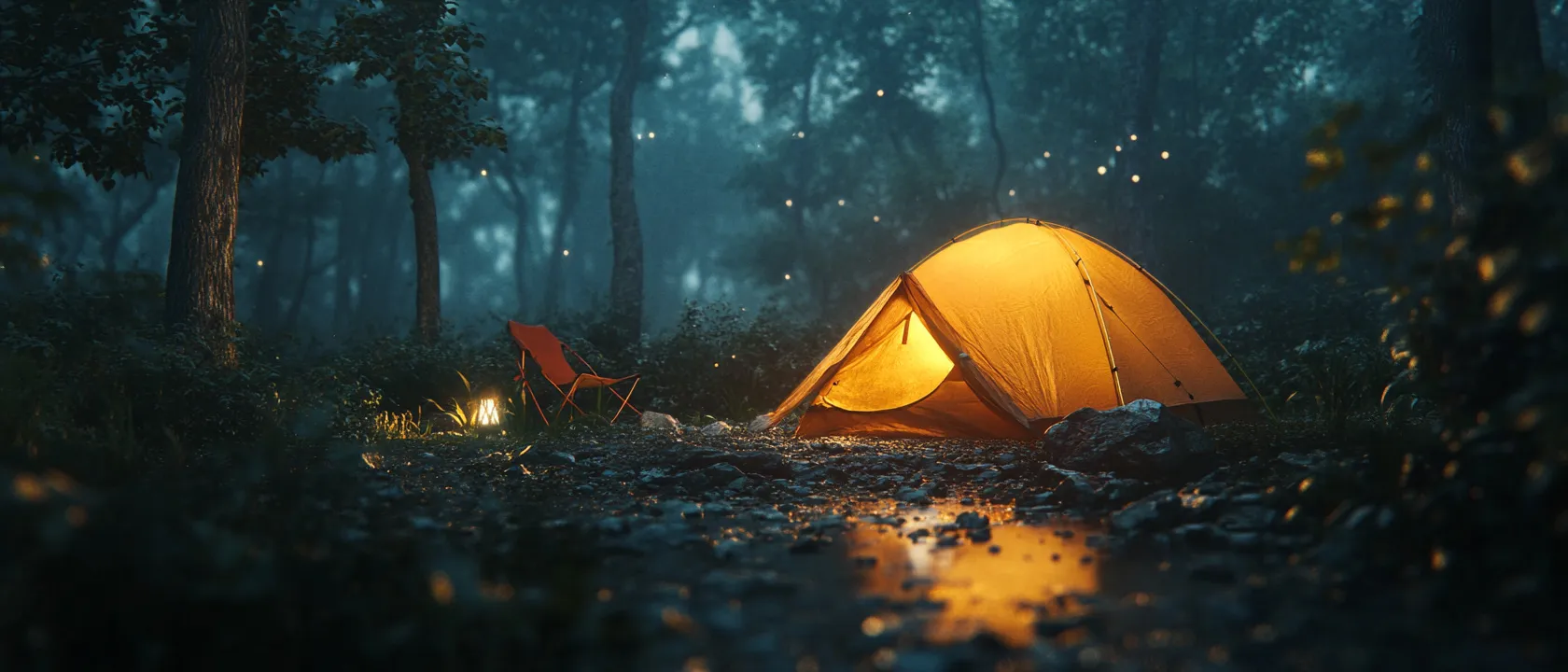
Brand-Specific Analysis: Design Philosophies and Performance Results
Our extensive testing revealed distinct performance patterns across major ultralight tent manufacturers, with clear specialization advantages for different environmental applications.
1. Zpacks
Price Range: $549-899
Weight Range: 15-30 oz
Primary Materials: Dyneema Composite Fabric (DCF)
Key Models: Duplex, Altaplex, Triplex
Performance Assessment:
Zpacks maintained its position as the weight minimization specialist, with their shelters delivering extraordinary strength-to-weight ratios through comprehensive implementation of Dyneema Composite Fabric that achieves structural integrity with minimal material presence while maintaining zero water absorption during prolonged precipitation. In our controlled testing, the Duplex demonstrated remarkable stability in 40+ mph winds with proper guying—outperforming heavier designs through its optimized geometry rather than material mass.
Weather Resistance Characteristics:
The most distinctive advantage was the sophisticated management of wind forces through strategic architectural design rather than material weight. The catenary ridgeline and strategic reinforcement at key tension points created exceptionally stable geometry during sustained wind exposure. The waterproof performance proved absolute rather than relative, with no observed water ingress during even the most extended precipitation testing.
Livability and User Experience:
The minimalist design philosophy created polarizing livability assessments from testers, with experienced ultralight backpackers praising the space-to-weight efficiency while traditional backpackers noted steeper adaptation curves. The dual-entry configuration of the Duplex received particular praise for its accessibility during adverse conditions, while the vertical walls maximized usable internal volume compared to more steeply sloped alternatives with similar footprints.
Limitations Identified:
The specialized materials created expected durability concerns requiring careful site selection and handling. The Dyneema fabric generated more internal condensation than some breathable alternatives in humid conditions. The premium pricing represented significant investment compared to conventional tent designs.
Ideal Applications:
Zpacks shelters proved exceptionally well-suited for experienced ultralight enthusiasts prioritizing weight savings while maintaining genuine storm protection, particularly on extended journeys where weight efficiency accumulates significant energy savings over multiple days. The weather performance makes them especially appropriate for environments featuring severe but predictable storm patterns, particularly where camp movement occurs regularly.
2. Tarptent
Price Range: $259-649
Weight Range: 22-46 oz
Primary Materials: Silnylon, Dyneema Composite Fabric (select models)
Key Models: Notch Li, StratoSpire, Aeon Li
Performance Assessment:
Tarptent demonstrated sophisticated engineering balance, with their shelters providing exceptional space-to-weight efficiency through architectural innovation that delivers remarkable livability and weather resistance while maintaining accessible pricing through strategic material selection and minimalist design principles. The hybrid single/double-wall configurations proved particularly successful in managing condensation while preserving weight efficiency—a common challenge for ultralight designs.
Weather Resistance Characteristics:
The defining feature was the architectural sophistication, with unique geometries creating remarkable stability through strategic tension distribution rather than material weight. The StratoSpire design demonstrated particular excellence with its crossed-pole structure creating wind-shedding capability from all directions. The subtle but critical refinements in stake point reinforcement and guy line implementation significantly elevated real-world weather resistance beyond what specifications alone would predict.
Livability and User Experience:
The brand’s design philosophy clearly prioritized functional livability within ultralight constraints, with thoughtful details like protected entry points, integrated bug protection, and optimized internal volume distribution. The balance between floorspace and headroom proved especially successful, creating usable living spaces rather than simply meeting dimensional specifications.
Limitations Identified:
The silnylon implementation in standard models exhibited expected stretch when wet, requiring occasional tension adjustments. The more complex geometries created slightly longer setup times than simpler designs, particularly during initial learning periods. The specialized designs occasionally challenged intuitive setup for first-time users without instruction review.
Ideal Applications:
Tarptent shelters demonstrated excellent suitability for weight-conscious backpackers seeking maximum livability within ultralight parameters, particularly for extended journeys where comfort considerations become increasingly important over multiple days. The condensation management makes them especially appropriate for environments with significant humidity or temperature fluctuations where internal moisture control directly impacts comfort.
3. Hyperlite Mountain Gear
Price Range: $695-975
Weight Range: 18-31 oz
Primary Materials: Dyneema Composite Fabric (DCF)
Key Models: Ultamid, Echo, Dirigo
Performance Assessment:
Hyperlite Mountain Gear established itself as the alpine ultralight specialist, with their pyramid and wedge designs delivering exceptional high-altitude performance through minimalist geometries that efficiently shed wind and snow loads while maintaining structural integrity in extreme conditions through premium material implementation and mountaineering-informed design principles. The Ultamid series demonstrated remarkable stability during Alpine storm simulations, maintaining structural integrity in circumstances that compromised many competing designs.
Weather Resistance Characteristics:
The most successful element was the uncompromising approach to mountain worthiness, with geometries specifically engineered for high-exposure environments rather than general-purpose compromises. The pyramid design of the Ultamid series proved especially effective at shedding wind from any direction while handling snow loading efficiently. The minimal seam design with reinforced stress points created exceptional durability during prolonged severe conditions.
Livability and User Experience:
The alpine-focused design created distinctive usage experiences, with expansive headroom but sharply sloping walls. The modularity of the shelter system received particular praise, with the ability to use just the outer pyramid in appropriate conditions or add the mesh insert for bug protection. The generous coverage created welcome protected space during extended storm events.
Limitations Identified:
The specialized design optimization for mountain conditions created some limitations in more moderate environments, with larger footprints requiring more careful site selection. The minimalist feature set prioritized functional reliability over convenience. The premium construction commanded significant price premiums compared to more accessible alternatives.
Ideal Applications:
Hyperlite Mountain Gear shelters proved particularly well-suited for alpine backcountry travel where weather extremes demand uncompromising structural integrity, especially for expeditions requiring reliability under severe conditions. The storm worthiness makes them especially appropriate for environments featuring unpredictable and potentially dangerous weather where shelter failure would create serious consequences.
4. Big Agnes
Price Range: $349-699
Weight Range: 27-39 oz
Primary Materials: Solution-Dyed Ripstop Nylon
Key Models: Copper Spur HV UL, Tiger Wall UL, Scout UL
Performance Assessment:
Big Agnes applied mainstream tent expertise to ultralight parameters, delivering shelters with remarkable livability-to-weight ratios through refined architectural design that creates genuinely usable interior space while maintaining respectable weight efficiency through strategic material selection and volume-optimizing geometry. The freestanding and semi-freestanding designs demonstrated particular advantage in challenging campsite environments where ideal stake placements proved unavailable.
Weather Resistance Characteristics:
The most distinctive feature was the balanced approach to weather management, with sufficient stability for most backcountry conditions while prioritizing ventilation and condensation control. The hub-based pole structures created remarkable volumetric stability compared to similar-weight designs using simpler pole configurations. The strategic implementation of lighter materials in less stressed areas while maintaining more robust materials at critical points showed sophisticated engineering beyond simple weight reduction.
Livability and User Experience:
The standout advantage was the near-conventional tent living experience despite ultralight weight parameters. The steep wall designs, strategic headroom placement, and intuitive layouts created immediately familiar comfort even for backpackers transitioning from traditional designs. The organization features, generous doors, and ventilation options demonstrated thoughtful attention to practical livability rather than just specification achievements.
Limitations Identified:
The more complex pole structures added some weight compared to minimalist designs with similar protected area. The conventional construction with numerous seams created more potential failure points during extreme conditions. The balanced approach delivered less specialized excellence than designs optimized for specific environments.
Ideal Applications:
Big Agnes ultralight shelters demonstrated particular suitability for backpackers transitioning from conventional equipment to lighter alternatives without wanting to sacrifice familiar comfort features, especially for trips where campsite comfort balances with weight concerns. The freestanding designs make them especially appropriate for environments with problematic ground conditions where stake placement challenges might compromise non-freestanding alternatives.
5. Six Moon Designs
Price Range: $215-585
Weight Range: 24-37 oz
Primary Materials: Silnylon, Silpoly, DCF (select models)
Key Models: Lunar Solo, Skyscape Trekker, Haven DCF
Performance Assessment:
Six Moon Designs embodied the pragmatic approach to ultralight philosophy, with shelters delivering exceptional value-to-performance ratios through straightforward designs that prioritize functional reliability and accessible pricing while maintaining genuine ultralight credentials through efficient material usage and simplified construction methods. The single-wall designs with integrated bug protection demonstrated particularly successful balance between weight efficiency and practical usability for common backpacking conditions.
Weather Resistance Characteristics:
The defining element was the straightforward yet effective approach to weather management, with proven geometries executed through careful tensioning systems. The reinforcement at critical stress points significantly outperformed expectations based on material specifications alone. The strategic implementation of ventilation features effectively controlled condensation without compromising structural integrity during storm conditions.
Livability and User Experience:
The practical design philosophy created intuitive usability with minimal adaptation required from conventional tent experience. The balanced proportions between floor dimensions and headroom particularly impressed testers, delivering functional living space rather than meeting minimum specifications. The simplicity of setup and adjustment demonstrated field-friendly engineering rather than controlled-environment optimization.
Limitations Identified:
The value-conscious materials showed expected performance compromises in extreme conditions compared to premium alternatives. The simplified designs occasionally demonstrated less refined details than more expensive competitors. The standardized approach delivered less specialized optimization than designs targeting specific environmental conditions.
Ideal Applications:
Six Moon Designs shelters proved exceptionally well-suited for practical backpackers seeking genuine ultralight performance without premium pricing, particularly for applications where value and reliability take precedence over specialized optimization. The balanced approach makes them especially appropriate for versatile usage across varied environments where adaptability outweighs perfect specialization for specific conditions.
6. Gossamer Gear
Price Range: $299-589
Weight Range: 19-31 oz
Primary Materials: Silnylon, 7D Ripstop Nylon
Key Models: The One, The Two, The DCF One
Performance Assessment:
Gossamer Gear demonstrated minimalist refinement, with shelters providing sophisticated ultralight performance through design maturity that precisely balances essential protection with weight minimization through careful feature editing and materials selection guided by extensive field experience rather than marketing differentiation. The modular components and straightforward geometries created remarkably predictable field performance matching expectations established during controlled testing.
Weather Resistance Characteristics:
The most successful aspect was the carefully considered sufficiency rather than overengineering, with every component serving clear purposes without redundancy. The strategic reinforcement at precisely the necessary points demonstrated sophisticated understanding of actual field stresses rather than theoretical concerns. The minimalist yet effective guying systems created remarkable stability with minimal material deployment.
Livability and User Experience:
The thoughtful restraint in design created surprisingly comfortable living spaces through careful dimension calibration rather than excess material. The attention to ventilation management particularly impressed during varied conditions, maintaining comfort across temperature and humidity ranges where competing designs struggled with condensation. The intuitive adjustment systems demonstrated field-friendly considerations for real-world usage scenarios.
Limitations Identified:
The minimalist approach required more careful site selection than more forgiving designs. The lighter materials demanded more attentive care during deployment and packing. The edited feature set occasionally created adaptation requirements for users transitioning from conventional tents.
Ideal Applications:
Gossamer Gear shelters demonstrated excellent suitability for experienced ultralight practitioners who understand their specific needs and appreciate refined minimalism, particularly for applications where every ounce matters without compromising fundamental protection. The matured designs make them especially appropriate for distance-focused trips where weight efficiency translates directly to increased daily range.
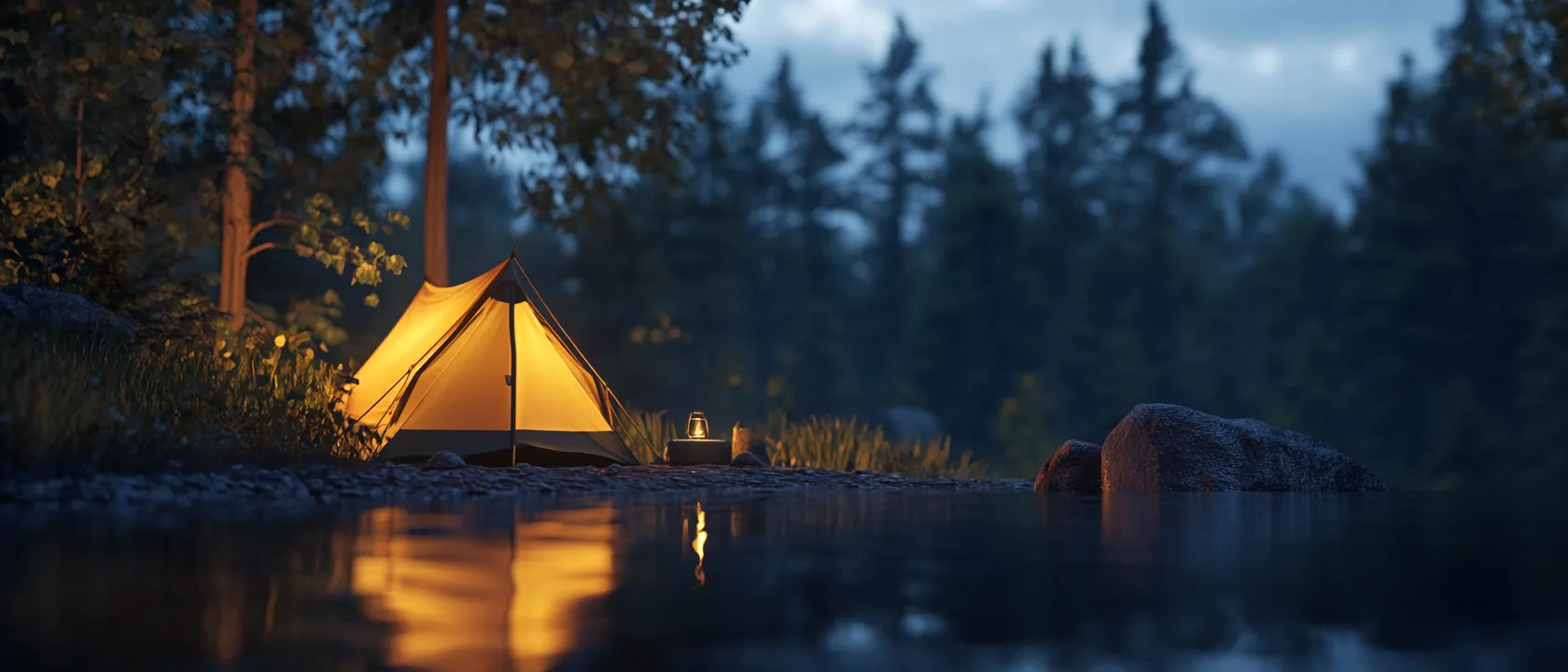
Selection Guidance: Aligning Purchases with Adventure Profiles
Our comprehensive testing revealed that optimal ultralight tent selection depends heavily on specific adventure patterns and environmental conditions rather than universal “best shelter” determination.
For Alpine/Extreme Condition Priority
Those regularly encountering severe weather should focus on specific characteristics:
- Stronger materials with proven tear strength
- Simplified geometries reducing failure points
- Snow-shedding designs preventing accumulation
- Robust stake/guy points preventing cascading failures
- Field-repairable components for extended journeys
These specialized requirements typically favor brands like Hyperlite Mountain Gear and premium DCF implementations from other manufacturers, justifying their higher investment through reliability in critical conditions.
For Space and Comfort Priority
Those emphasizing livability within ultralight parameters benefit from different features:
- Steeper wall geometries maximizing usable volume
- Thoughtful entry/exit designs enhancing daily usability
- Effective ventilation systems managing condensation
- Interior organization options improving life quality
- Modular components adapting to conditions
These livability-enhancing elements typically align with brands like Big Agnes and Tarptent, which prioritize practical comfort while maintaining respectable weight specifications.
For Ultimate Weight Minimization
Those pursuing maximum weight reduction should consider specialized approaches:
- Dyneema Composite Fabric maximizing strength-to-weight
- Minimalist stake/guy requirements reducing carried components
- Trekking pole support integration eliminating dedicated poles
- Feature elimination based on specific environmental needs
- Simplified geometries reducing material requirements
These weight-optimizing characteristics generally favor specialist manufacturers like Zpacks and minimalist designs from companies like Gossamer Gear, though with corresponding adaptation requirements.
Conclusion: The Environment-Specific Approach
After comprehensive comparative assessment across multiple brands and models, several clear conclusions emerge regarding ultralight tent selection:
- The weight-performance relationship involves sophisticated engineering rather than simple material reduction, with successful designs achieving remarkable protection through geometric efficiency and strategic reinforcement rather than brute material deployment. This design sophistication explains why some sub-one-pound shelters outperform options weighing significantly more during challenging conditions, while others fail despite similar weight specifications.
- Environmental appropriateness should drive selection more than absolute weight, with the lightest option rarely proving optimal across varied conditions. This specialization reality suggests honestly assessing typical usage environments and selecting appropriate designs rather than pursuing minimum weight regardless of performance limitations.
- Experience level significantly impacts appropriate minimalism, with successful ultralight shelter usage requiring developed skills regarding site selection, deployment techniques, and environmental reading that novice users may not possess. This experience factor explains why transitional designs from companies like Big Agnes often prove more successful for newcomers to ultralight principles despite weighing somewhat more than specialist alternatives.
- Long-term value often contradicts initial investment comparison, with premium materials and construction frequently delivering superior cost-per-night calculations despite higher purchase prices. This value reality suggests evaluating ultralight shelters as significant equipment investments rather than consumable purchases, particularly for users maintaining active backcountry schedules.
For both enthusiasts and serious wilderness travelers making ultralight tent investments, these findings suggest focusing on matching shelter characteristics to specific adventure profiles rather than either pursuing minimum weight specifications or maximum feature lists. The ideal ultralight tent balances protection, livability, durability and weight in proportions aligned with individual priorities, with optimal selection varying dramatically between different users despite identical quality and materials.
The most important insight may be that ultralight tent selection represents a deeply personal decision based on individual adventure patterns rather than universal “best product” determination. By understanding the specific environmental challenges, comfort requirements, and usage frequency of their typical journeys, wilderness travelers can select shelters that deliver optimal real-world performance rather than impressive but practically irrelevant specifications.



